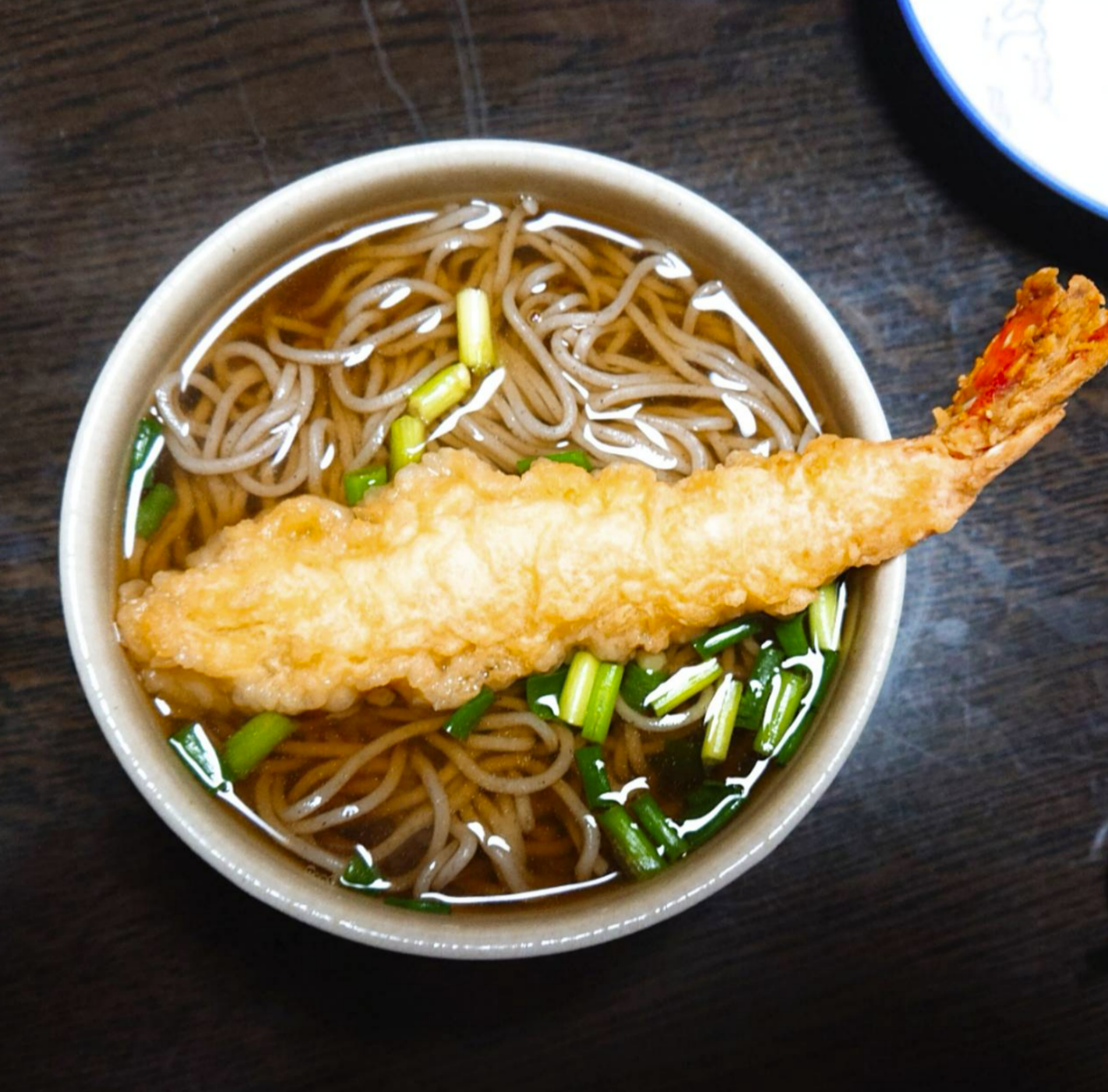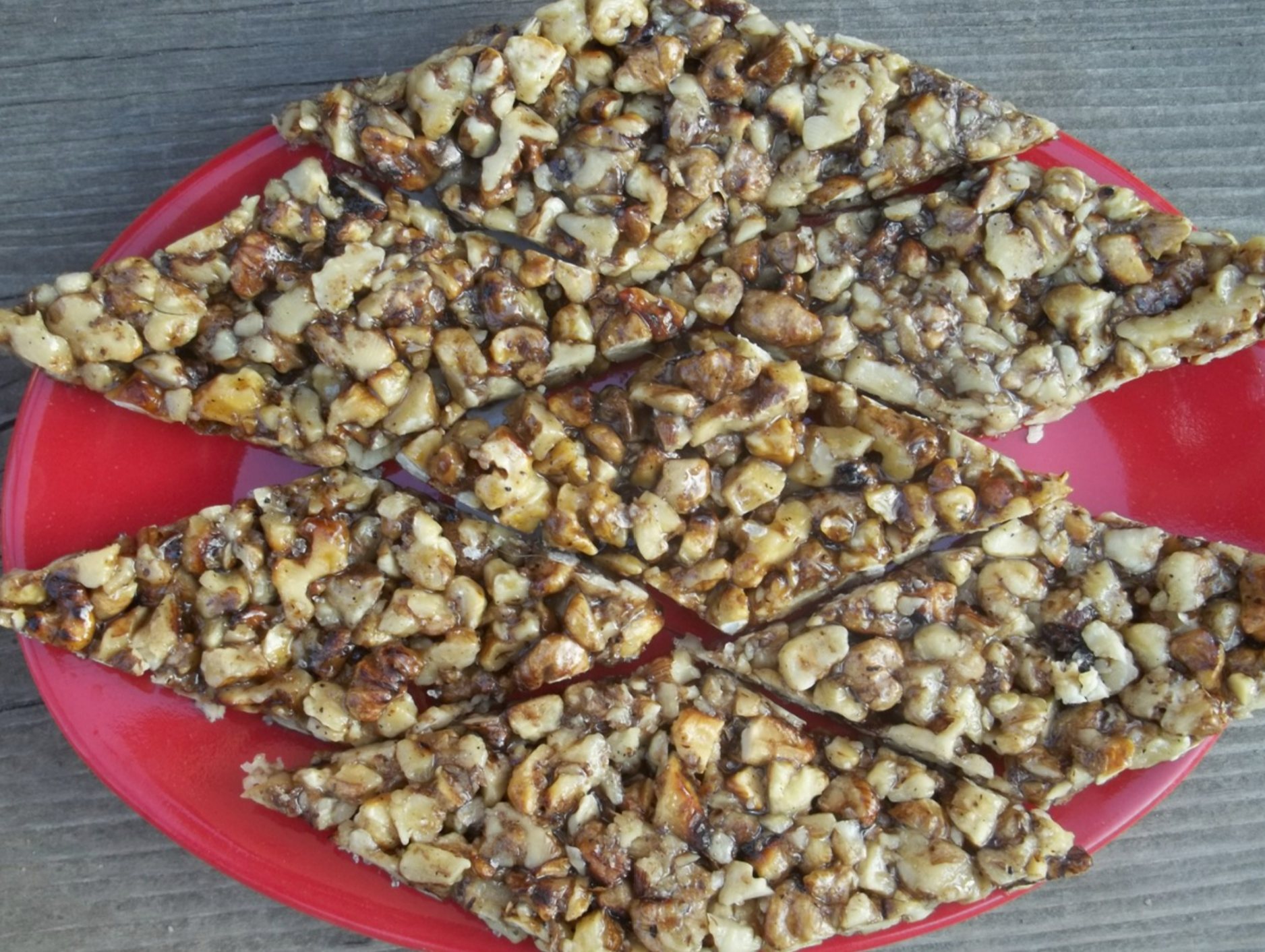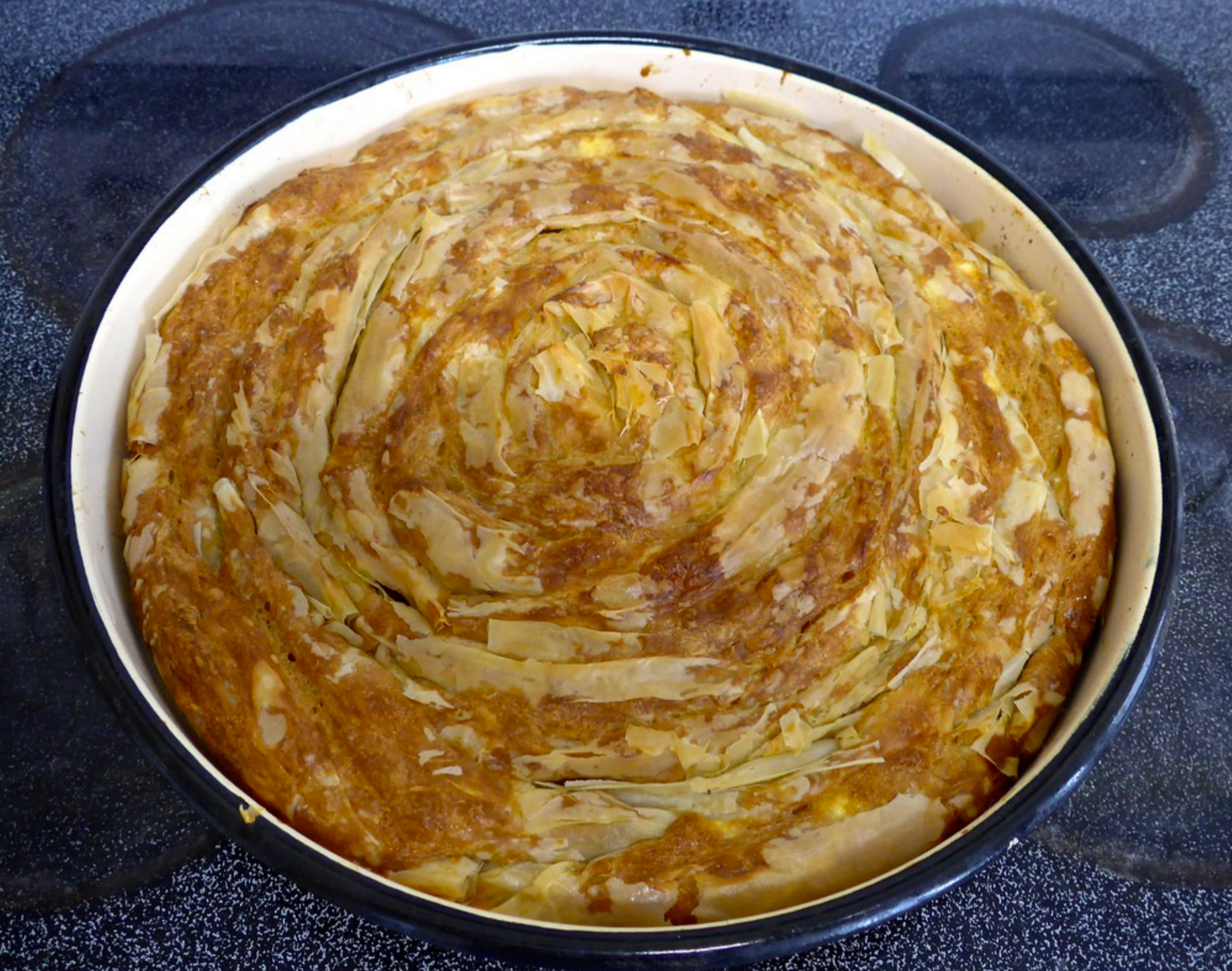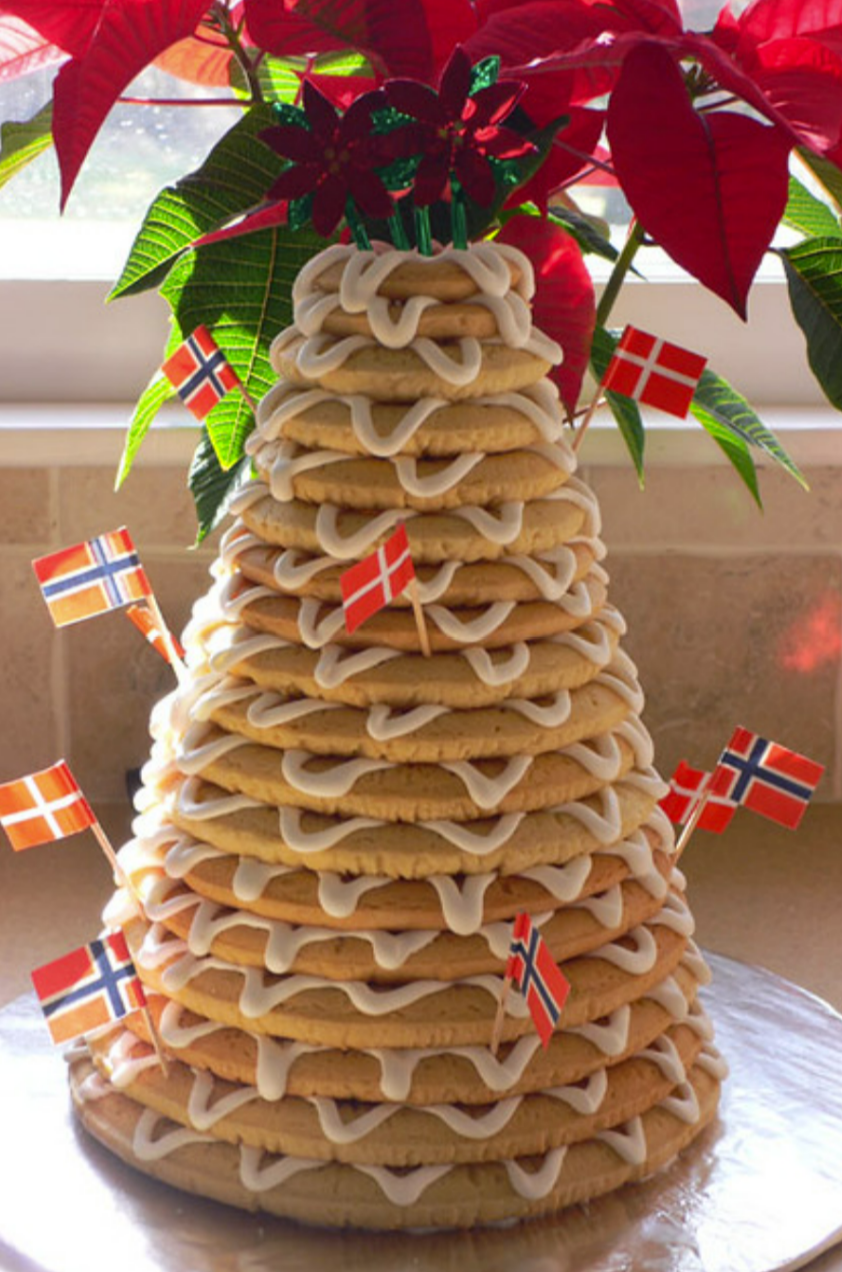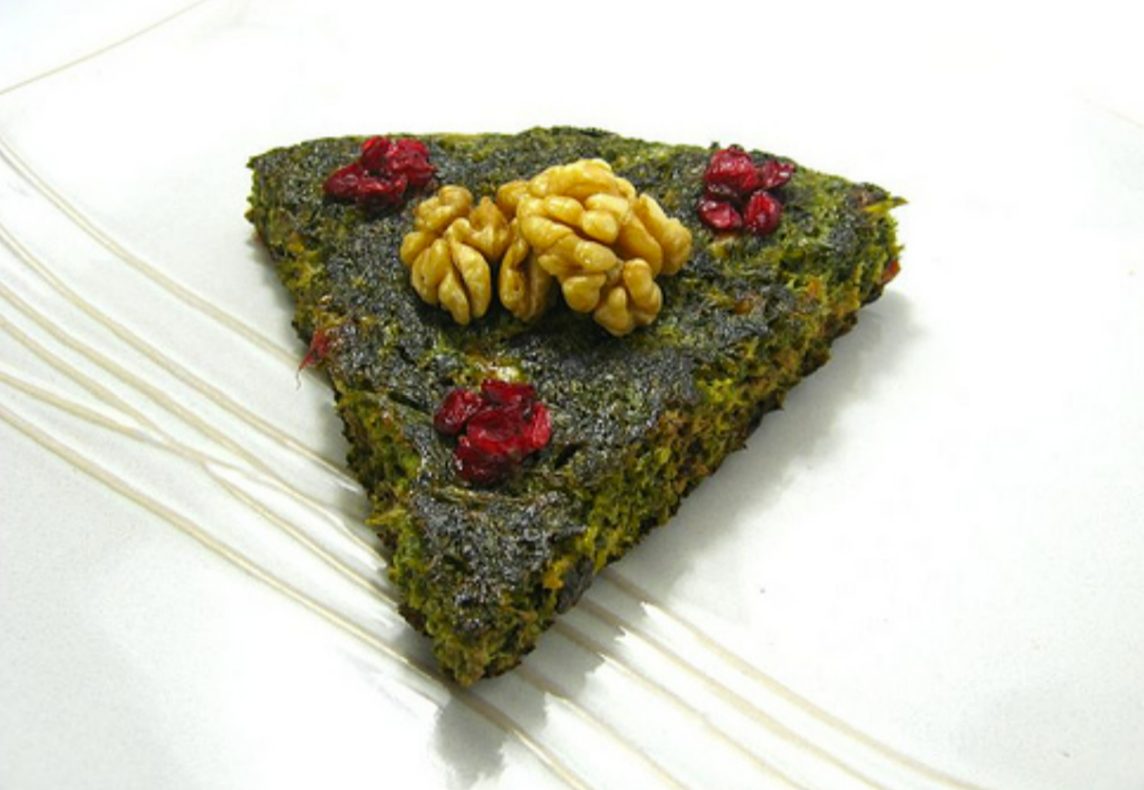A plethora of ways cultures worldwide celebrate the new year through delicious cuisine.
A Norweigian kransekake. Wikipedia commons. CC2.0
As the clock ticks for 2023, the season of family reunion, blessings, and sharing of meals has begun. Eating special foods on New Year's Day is universal around the globe. The meaning behind such practice ranges from bringing good fortune and pious wishes rooted in centuries-old folk tales to utilizing the power of mother nature to satiate stomachs. Most importantly, it’s the time spent making and enjoying that exceptional food with friends and family that brings people together. Around the globe, many people choose to celebrate the year ahead with a great feast. Here are ten distinct dishes from different cultures.
1. Oliebollen(“oil balls”): Netherlands
The choux pastry of Oliebollen served on Netherland New Year. Rawpixel.com. CC2.0
Known as “oil balls,” Oliebollen is the sweet dough covered with white sugar dust that is typically considered a New Year's Eve’s tradition. Oliebollen is sometimes referred to as “Dutch doughnut” in the United States. Stuffed with raisins, currants, and sometimes chopped apples, its crispy texture is always delightful, especially in the chilly winter months of Northern Europe. Though Oliebollen is also enjoyed on other occasions, legend had it that consuming oliebollen on Christmas guarded people against the pagan witch of Perchta, who would hover upon the Netherlands, cutting out people’s bellies to steal their food. Yet the fat from the sugary dough would make Perchta’s sword slide off.
2. Toshikoshi Soba, Japan
A bowl of Toshikoshi soba with Tempura. Wikipedia commons. CC2.0
Japan celebrates New Year by having a bowl of hot “Toshikoshi soba” or “year-crossing” soba. The meaning of the food lies under its name: Toshikoshi (年越し) in Japanese is a jump from the passing year to the new year ahead, while soba (そば) means the thin Japanese noodle made from buckwheat. The reasons for eating Toshikoshi Soba include a hope of longevity, getting rid of bad luck in the last year, and wishing for the best fortune in the new year. On Ōmisoka (大晦日), the last day of the year, families gather together to eat Toshikoshi Soba, and many restaurants busy themselves serving soba to consumers before midnight when the New Year chime rings. Making Toshikoshi soba is also a break from preparing another delicate holiday feast: With simple buckwheat noodles in a homemade Dashi, it is of enduring holiday memory for many Japanese.
3. Gozinaki, Georgia
Diamond-shaped Gozinaki in Georgia. Wikipedia commons. CC2.0
In the country of Georgia, people only serve Gozinaki on Christmas and New Year’s eve. “Gozinaki” means “a walnut sweetmeat” in Middle Persian. Walnuts, almonds, and hazelnuts saturated with caramel, and deep-fried in honey is the main ingredient of the Gozinaki. A traditional Georgian dessert with a crispy taste is often shaped like a diamond. Gozinaki is also a very popular sweet treat for the New Year.
4. Rosca de Reyes, Mexico
Ring-shaped Rosca de Reyes in Mexico. Wikipedia commons. CC2.0
Translating to the Wreath of Kings, Rosca de Reyes is a special sweet bread for Three Kings Day on Jan 6, which celebrates the three wise kings — Melchior, Caspar, and Balthazar — that visited Jesus after his birth. Christians from Europe, especially Spain, and those in Latin America, celebrate Three Kings Day, and eating Rosca de Reyes is an important aspect of the celebration. In Mexico, the New Year’s holiday starts as early as December 12, the Virgen de Guadalupe feast day, and runs through February 2, the Dia de la Candelaria. The shape of Rosca de Reye is like a ring, with three different crystalized fruits on top, symbolizing the biblical story of the three wise men. Hidden inside it is a tiny baby doll that represents baby Jesus. There are usually at least three baby Jesuses in the bread; Anyone who gets the slice with the newborn messiah in it must cook tamales, a corn dough (masa) filled with meat and wrapped in banana leaf, for the entire family on Candelaria Day.
5. Bulgarian pastry banitsa, Bulgaria
Banitsa with feta cheese ready to eat. Wikipedia commons. CC2.0
Banitsa is a traditional spiral-form Bulgarian pastry made from eggs and cheese. The classic Bulgarian pie would be flaky dough filled with yogurt. While it often occurs in huge family gatherings, parties, or any kind of celebration, it is also considered a staple for Christmas and New Year’s eve. While making it, people usually put some lucky charms, a slip of paper with wishes similar to fortune cookies, in Banitsa. Banitsa is a typical family dish, also known as Tiropita, Pita, or Burek in many other parts of Europe. Every family has their version of the dessert.
6. Pork or sugar pigs, Germany
Three little pigs. Flickr. CC2.0
A marzipan pig is a classic New Year treat in Germany. Having a pig, or, in the German Language, “Schwein gehabt”, brings good fortune, which is tied back to the harvest season with the prolific breeding of pigs in the medieval era. Marzipan pigs are common gifts Germans exchange for their family and friends. For example, the city of Lübeck is well-known for its hand-made marzipan pigs. Besides pigs for sweets, many will serve finely cut raw and fermented cabbage with pork. Many believe that sauerkraut will also bring wealth and blessings in the upcoming years.
7. Tangyuan, China
Pumpkin tangyuan (汤圆) with red bean paste and black sesame fillings, Wikipedia commons. CC2.0
Chinese New Year, on the lunar calendar, starts from around Jan 21 to Feb 20. Tangyuan, a glutinous rice ball usually filled with black sesame and sugar, peanuts, or, in some places, pork, and vegetable, is a popular dish on the last day of the Lantern Festival, which usually marked the end of the lunar new year celebrations in China. Its round shape symbolizes harmony, reunion, and completeness for the years ahead. Tangyuan is traditionally white, but to meet the taste of the growing number of eaters, it has evolved into multiple looks and flavors, from sweet potatoes to egg yolk. Tangyuan is traditionally boiled in hot water with a sweetened taste, while in recent times, deep frying and freezing have become growingly popular ways to eat it.
8. Kransekake, Norway
Kransekake, a Danish/Norwegian wedding/New Year's/celebration cake. Asheton. CC2.0
A classic Danish and Norwegian confection, kransekake, meaning wreath cake in English, appears on the dinner table on any momentous occasion, from weddings to baptisms, and Christmas is not an exception. It is a slender Scandinavian cake made from a stack of cookie rings that build up into a tower shape. The cookie might be almond or gingered, depending on which flavor people select. Its surface is usually covered with wiggles of royal icing on top made from a mix of meringue powder, sugar, and water. Norwegian and Danish flags are also added as decorations for festive touches.
9. Kookoo Sabzi, Iran
Kookoo Sabzi topped with walnuts. Wikipedia commons. CC2.0
Iran’s new year is known as “Nowruz,” the Farsi for “new day”. It is the first month of the Iranian calendar and the first day of spring. Countries like Tajikistan, Azerbaijan, Afghanistan, and Kazakhstan also celebrate Nowruz. People believe that Kookoo Sabzi (Kuku Sabzi/Kookoo) is a Persian dish that brings happiness and prosperity in the new year, and is similar to a frittata. In Farsi, Kuku implies vegetarian food, and Sabzi references herbs. Depending on the household, Sabzi uses different combinations of fresh herbs, including chives, cilantro, and dill.
10. Round Challah and Apples and Honey, Isreal
Challah, honey, and apples. Public Domain Pictures. CC2.0
While “challah” can refer to any bread used in a Jewish ritual or holiday celebration, it is also a specific type of round and braided bread baked on Rosh Hashanah, the Jewish new year in mid-September. Its round shape represents the cycle of the years. It is also a common pastry for Shabbat and Sukkot. Dipping challah into honey is another new year tradition in Israel, symbolizing a sweet start to the year. Apples and honey are also eaten to bring sweetness to the new year.
From a bowl of noodles in Japan to sugar pigs in Germany, New Year’s food reminds us of the warmth and satisfaction that comes from being surrounded by friends and family. While you appreciate what you have on your plate, consider trying one of these dishes from around the globe to celebrate 2023!
Hope Zhu
Hope is a Chinese international student at Wake Forest University in North Carolina studying sociology, statistics, and journalism. She dreams of traveling around the globe as a freelance reporter while touching on a wide range of social issues from education inequality to cultural diversity. Passionate about environmental issues and learning about other cultures, she is eager to explore the globe. In her free time, she enjoys cooking Asian cuisine, reading, and theater.



